ASUS, the Taiwanese tech giant, has unveiled what might just be the most breathtaking laptops yet, showcasing them at Milan Design Week 2025. These devices aren’t just machines; they’re a bold statement in laptop design, drawing inspiration from Earth’s majestic landscapes and crafted from a groundbreaking material that’s as sustainable as it is striking.
For someone like me, a laptop is more than a gadget—it’s a trusty sidekick. Whether I’m sketching ideas in a café, pitching to clients, or unwinding with a late-night movie, it’s always there. It’s not merely functional; it’s where my creativity comes to life, a portal to global stories, and often the first impression I give professionally. That’s why I believe laptop design matters to everyone, not just tech enthusiasts. Like a well-crafted chair, it should blend utility with beauty—a balance that’s been elusive in the market for too long.
Take my MacBook Air M1, for instance. It’s undeniably elegant and featherlight, but its slim profile sacrifices ports. Connecting to a projector or screen means fumbling with adapters—a small but constant frustration. On the flip side, laptops with ample ports tend to feel clunky and lack the sleek appeal I crave. Years ago, I’d have bet on Apple to solve this conundrum with innovative design, but lately, they seem content with minor tweaks rather than bold leaps in physical form.
This stagnation has opened the door for brands like ASUS to rethink laptop design from the ground up. When they invited me to Milan Design Week, I couldn’t resist. While their newly launched Zenbook A14 caught my eye, it was the unreleased Signature Edition Zenbook series that left me speechless. These laptops, still in the prototype phase, are a testament to what happens when product designers dare to dream big.
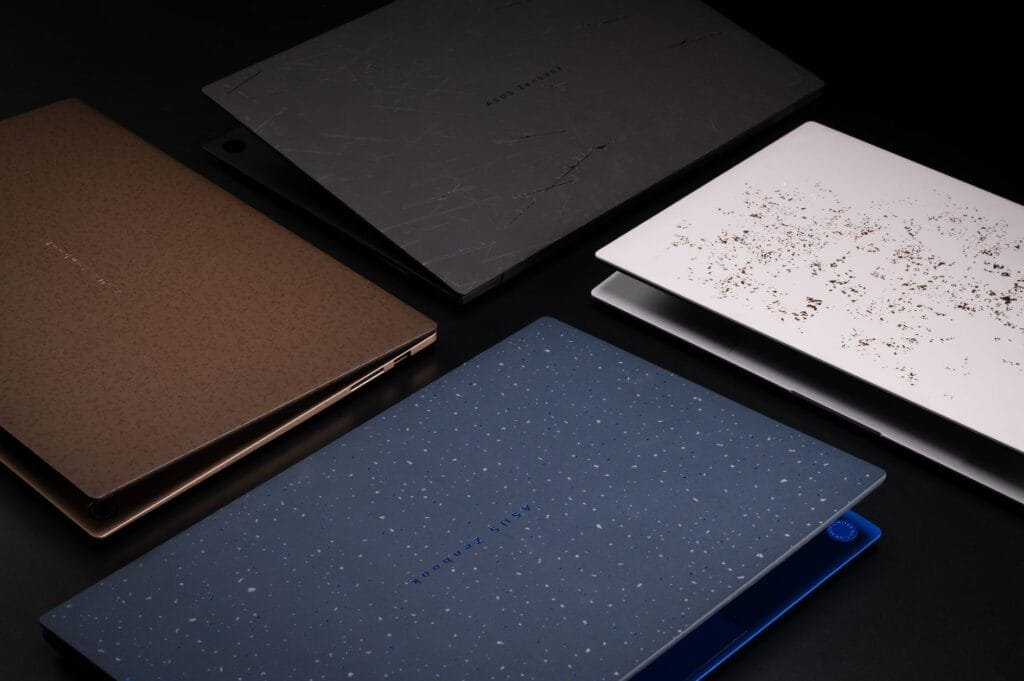
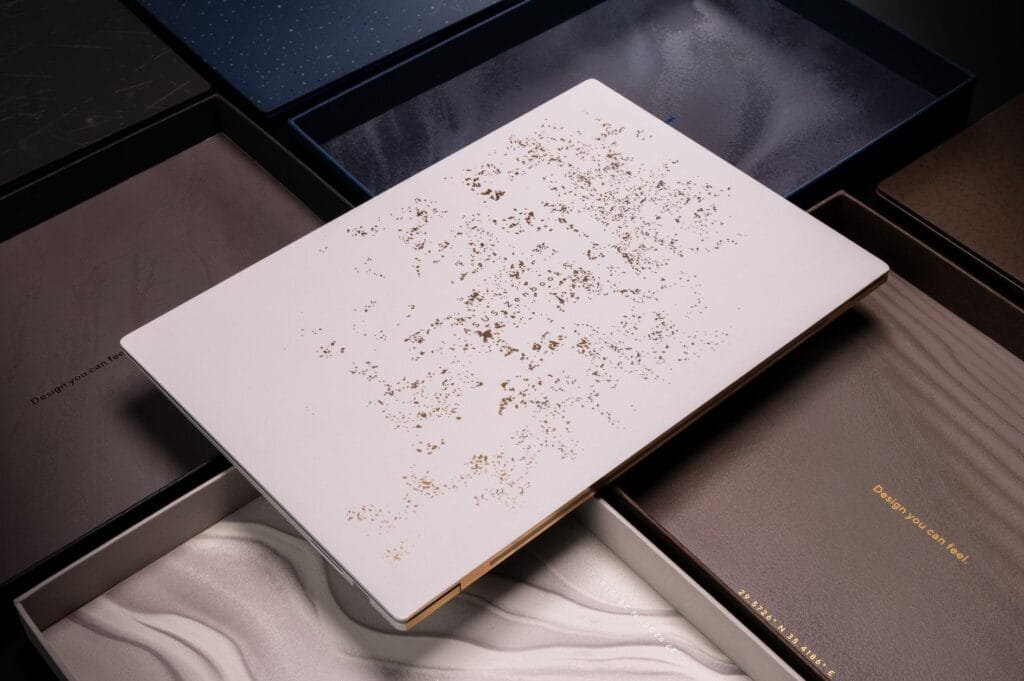
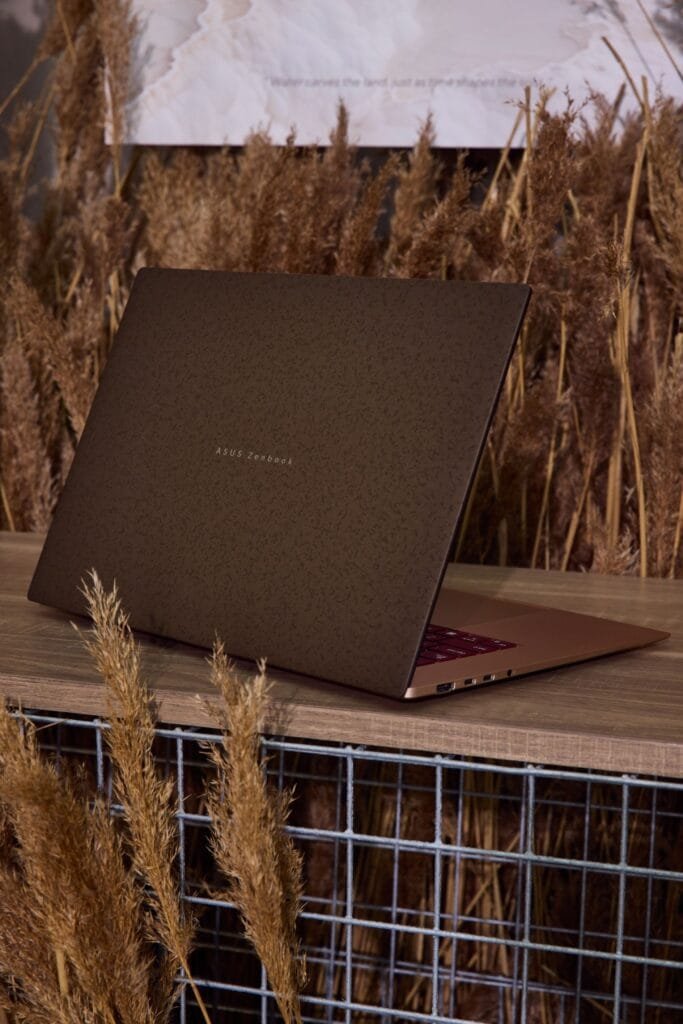
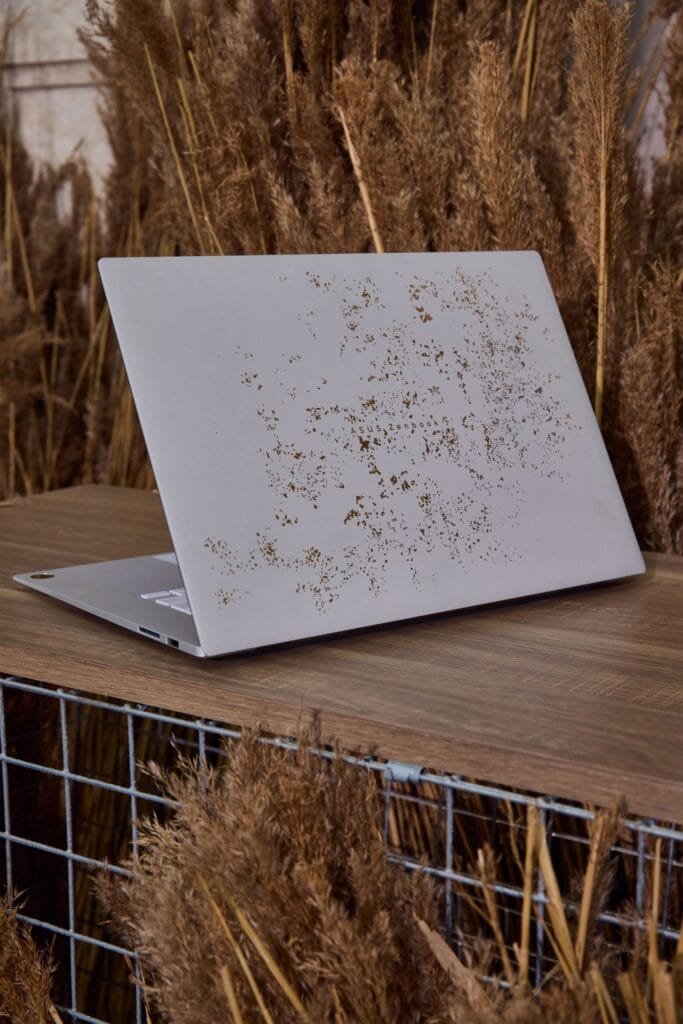
Ceraluminum: A Game-Changer in Materials
The secret behind these stunning devices? A material ASUS calls Ceraluminum—a ceramized aluminum that’s 30% lighter and three times tougher than standard anodized aluminum. This innovative design lets ASUS craft laptops thick enough for essential ports (like HDMI) while keeping them airy and cool to the touch. It’s a winning combo: the sturdy, premium vibe of ceramic paired with aluminum’s lightweight charm.
What’s more, this material aligns with eco-friendly design principles. Unlike traditional aluminum processes that lean on harsh acids and churn out toxic byproducts, Ceraluminum is made using pure water and high voltage. The result? A fully recyclable material with zero organic compounds, VOCs, or heavy metals in its wastewater. For ASUS, this isn’t just about durability—it’s about echoing nature’s essence in tech, a philosophy they call “design you can feel.”
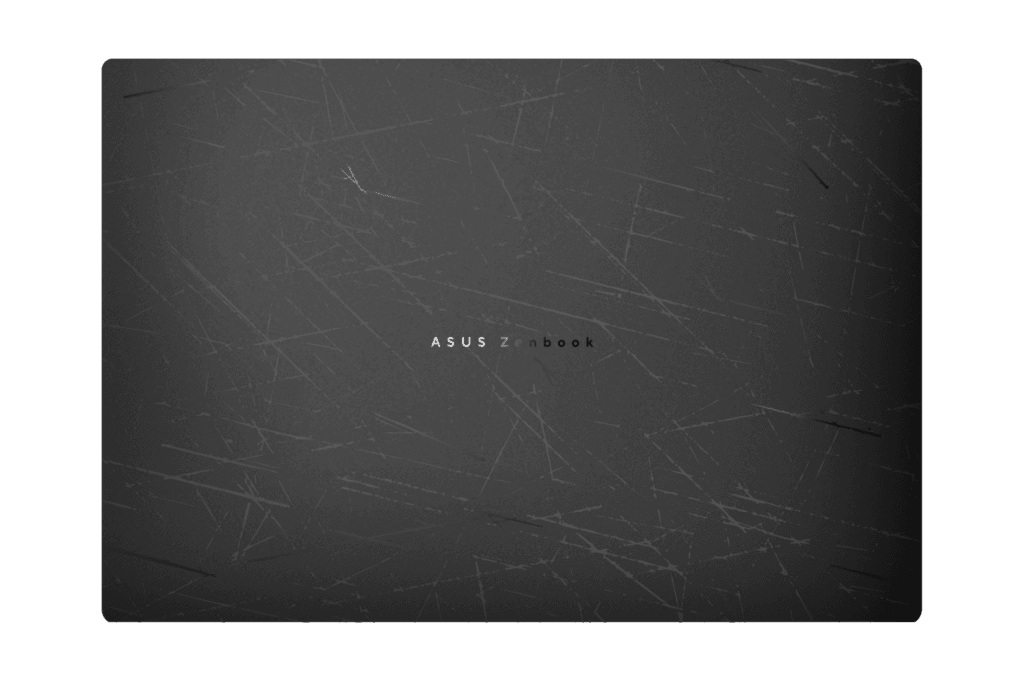
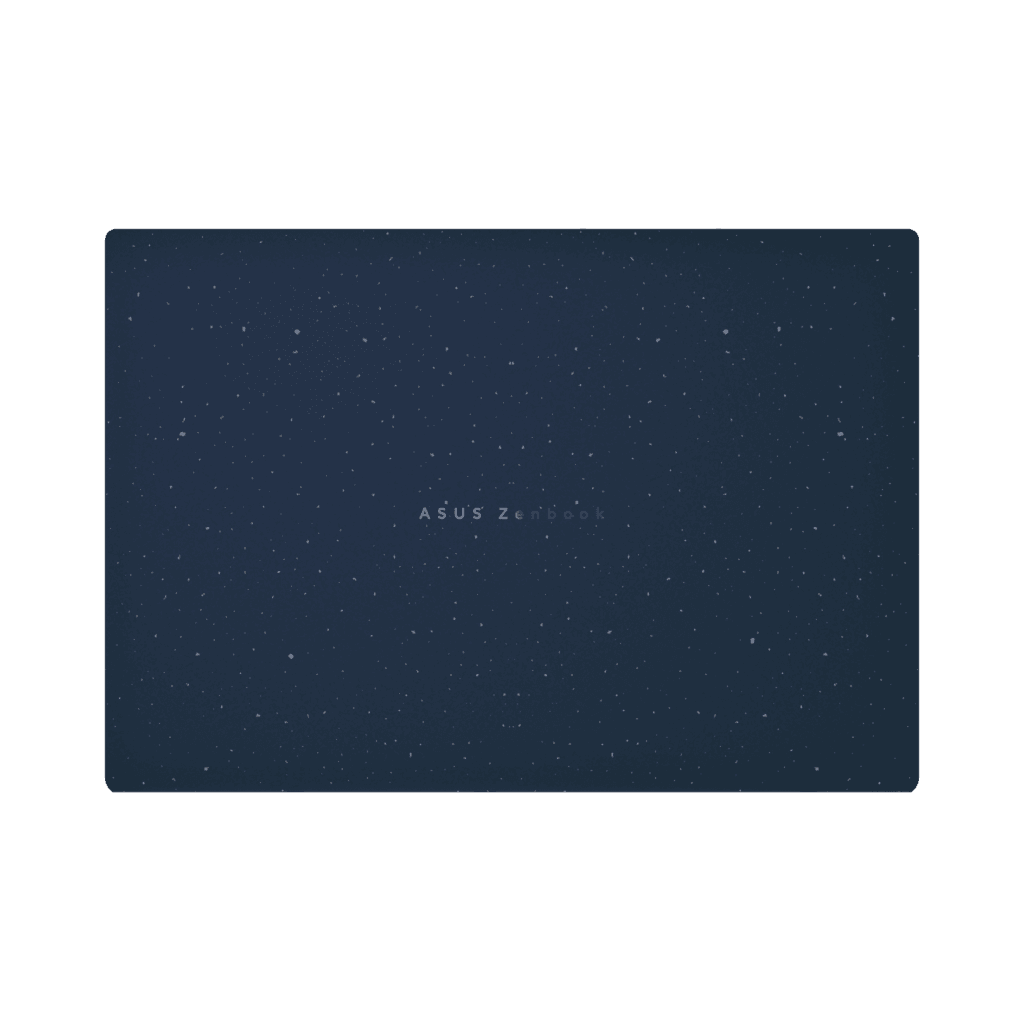
Landscapes in Your Hands
While many brands tout nature-inspired aesthetics, ASUS delivers. The Signature Edition Zenbooks come in four limited-edition finishes, each mirroring a unique natural wonder. These aren’t superficial coatings; the colors and textures emerge during the ceramization process, controlled by electric currents and mineral blends. The result feels less like a mass-produced gadget and more like a handcrafted piece of art.
Each finish has its own personality: the rugged black slate of Iceland’s Geldingadalir, the shimmering glow of Vaadhoo Island in the Maldives, the warm sands of Jordan’s Wadi Rum, and the serene whites of Turkey’s Pamukkale. They’re smooth yet organic to the touch—and blissfully fingerprint-resistant. Inside, these beauties pack AI-ready Intel Core Ultra processors, ASUS Lumina OLED screens, and Windows Copilot keys. ASUS hasn’t confirmed a release yet—they’re gauging reactions first—but the buzz among attendees was electric.
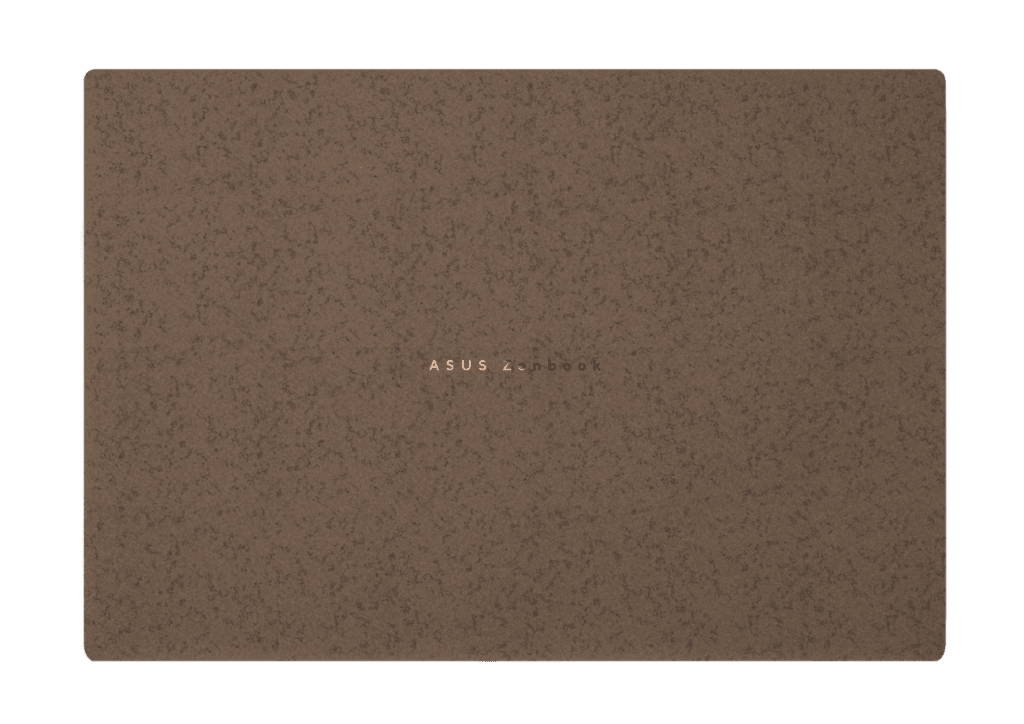
An Immersive Experience
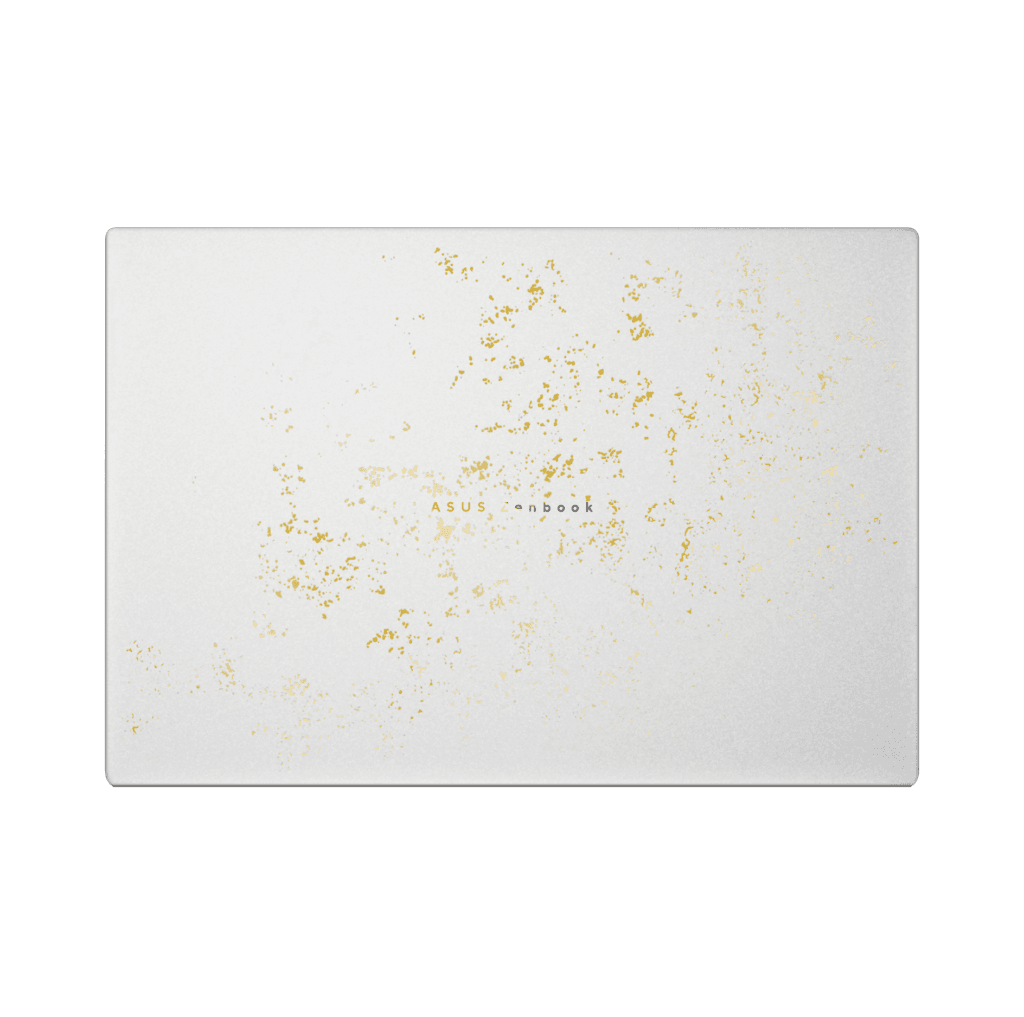
At Milan Design Week, ASUS didn’t just showcase these laptops; they built an experience around them. Their “Design You Can Feel” exhibition at Galleria Meravigli blended materiality, craftsmanship, and AI into something unforgettable. The centerpiece? A kinetic sculpture by Studio INI, made from Ceraluminum, that danced in response to visitors’ movements, its fronds unfurling as AI visuals bloomed onscreen. It was playful yet profound, spotlighting both the material’s tactile allure and AI’s creative potential.
Other exhibits brought ASUS’s broader lineup—ProArt, Adol, Vivobook, and ROG—to life. From a scent-emitting laptop (a quirky China-exclusive) to scales balancing devices with chess pieces, it was a tactile, engaging departure from the usual tech unveilings. Product designers clearly had a field day here.
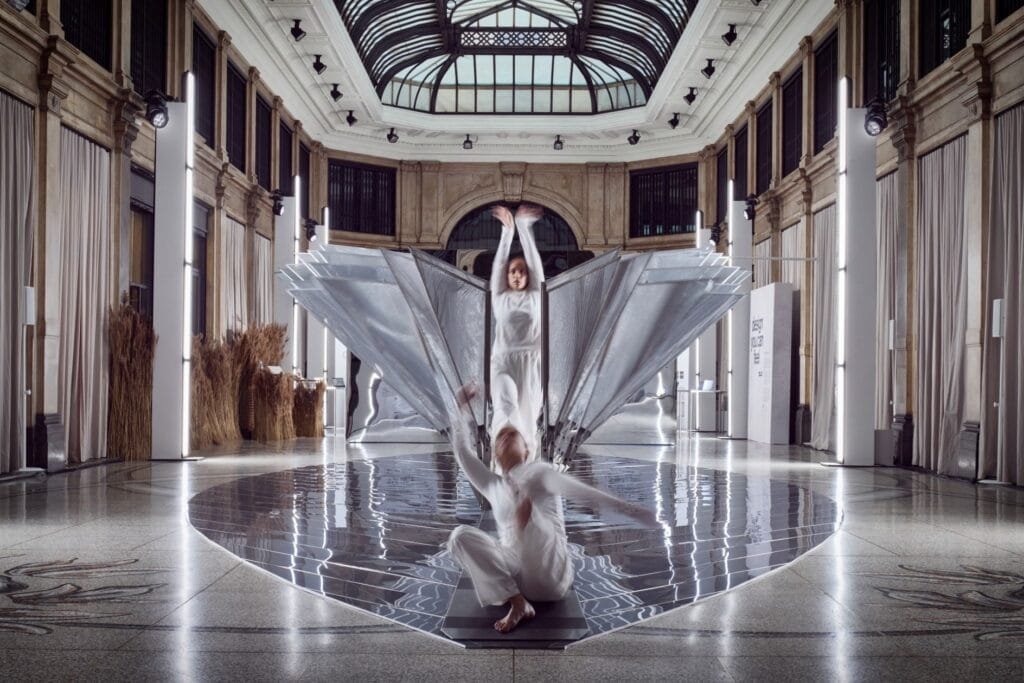
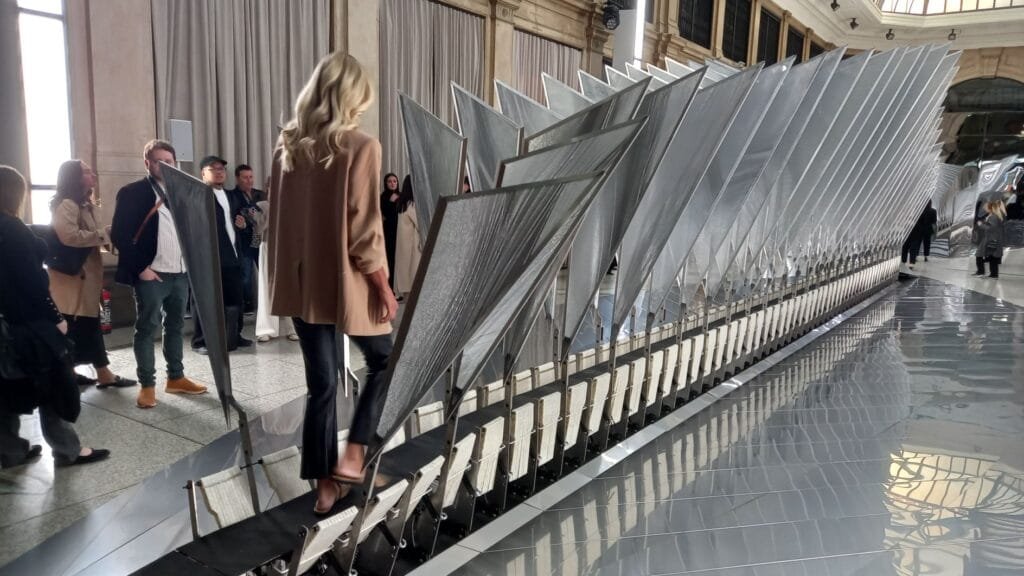
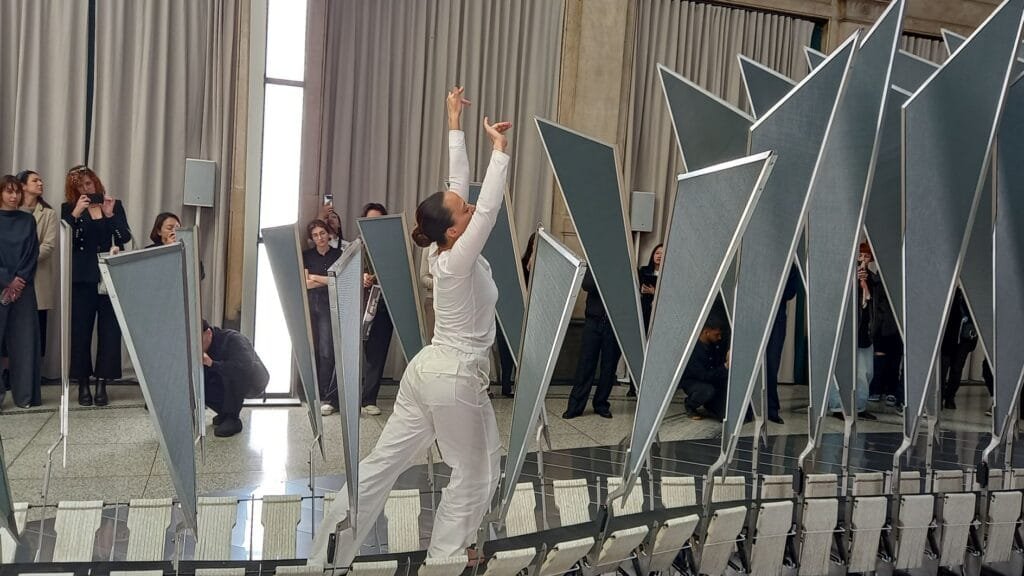
Ready Now: The Zenbook A14
While the Signature Editions are still a tease, the Zenbook A14 (UX3407) is here and impressive. The first ASUS laptop with an all-Ceraluminum body, it weighs under 2.5 lbs—making it the lightest 14-inch Copilot+ PC around. Available in Iceland Gray or Zabriskie Beige, it boasts a Snapdragon X Series processor for a jaw-dropping 32-hour battery life, plus a full suite of ports and an OLED display. It’s a compelling option for creatives eyeing an eco-friendly design alternative to MacBooks.
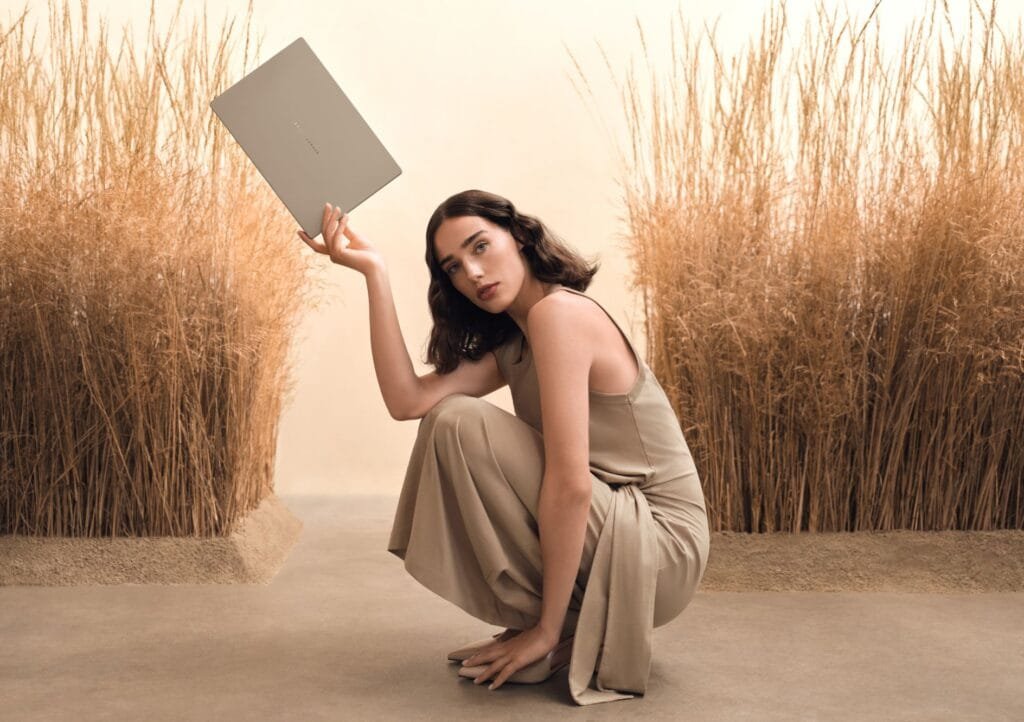
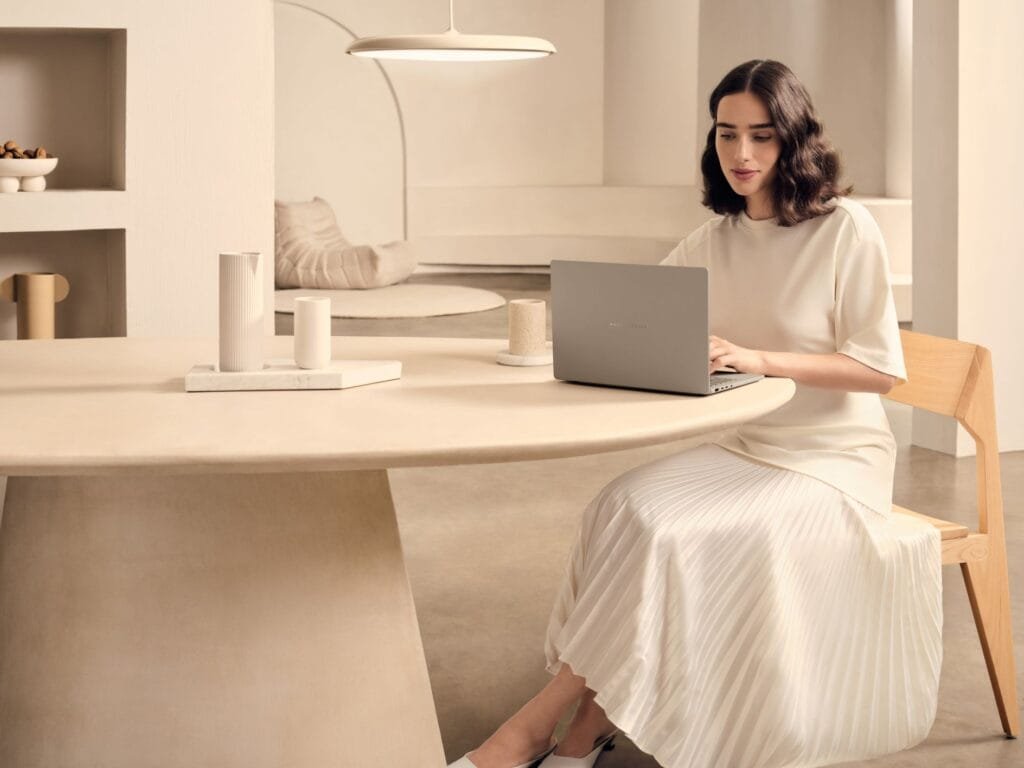
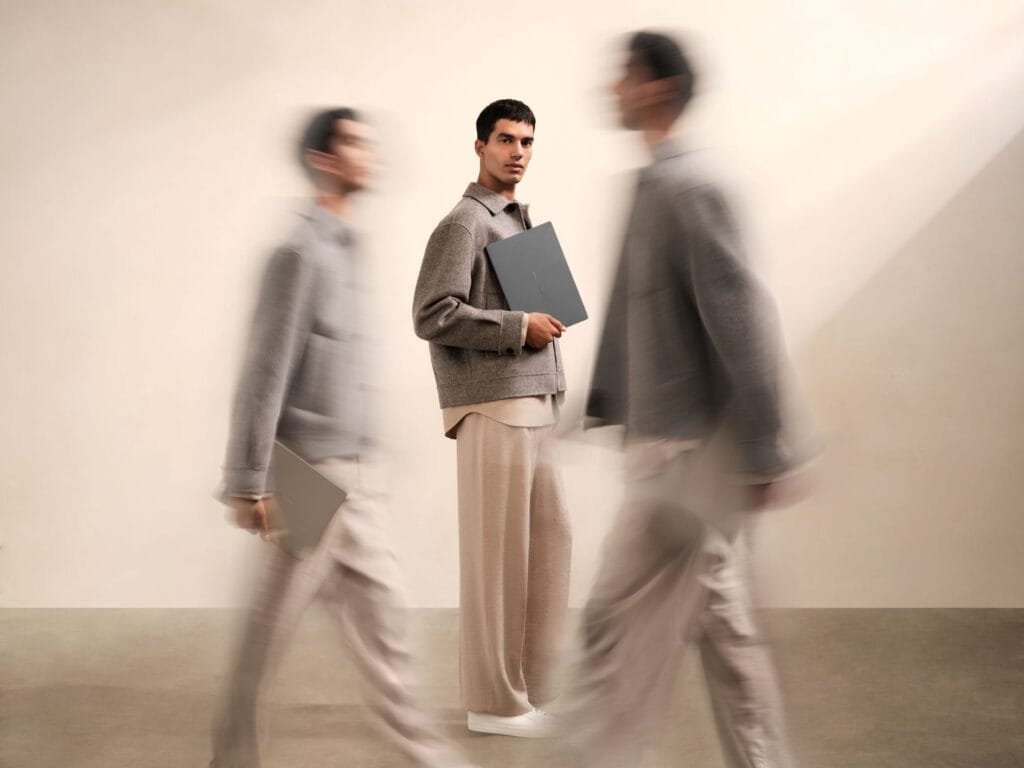
A Turning Point for Laptops?
I’ll admit, I arrived at Milan Design Week with modest expectations. Too often, brands show up with flashy installs that barely connect to their products. ASUS, though, delivered a vision that reignited my excitement for laptop design. If the Signature Edition Zenbooks hit the market, they could set a new standard where tech meets artistry. For now, the Zenbook A14 has my attention.
ASUS seems poised to lead the charge in physical laptop design, blending innovative design with practicality. Could they challenge Apple’s hold on creatives? It’s early days—and trade tensions could complicate things—but ASUS is undeniably a brand to watch.
Visit Brandlic for the latest news and updates on product design, branding, and storytelling trends
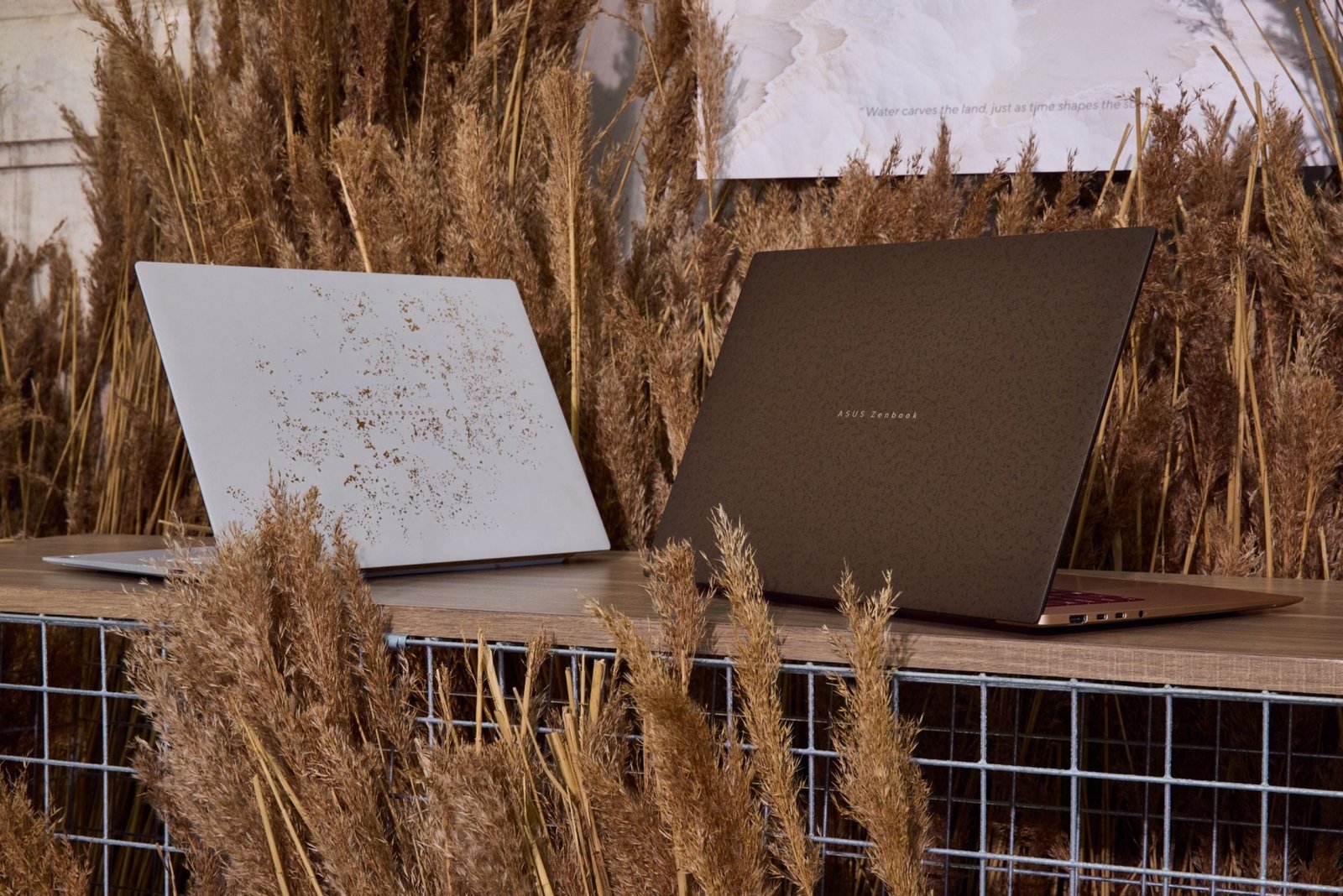
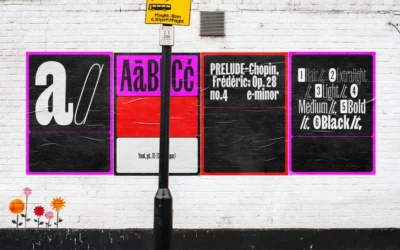


http://terios2.ru/forums/index.php?autocom=gallery&req=si&img=4547